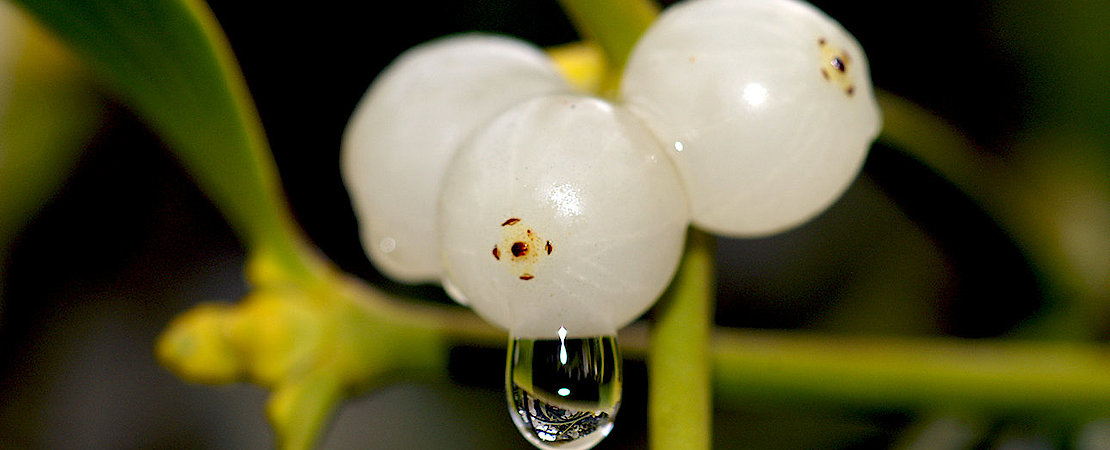Case reports on mistletoe therapy for breast cancer
Case 2: Mistletoe treatment in cancer-related fatigue: a case report
Last update: June 15th, 2023/AT1
Case 1
Subcutaneous, intra- and peritumoral mistletoe therapy in an 80-year-old female patient with metastatic breast cancer [original title: Blood and tissue eosinophilia, mistletoe lectin antibodies and quality of life in a breast cancer patient undergoing intratumoral and subcutaneous mistletoe therapy]
Kröz et al. 2002 [256]
An 80-year-old female patient with metastatic breast cancer without previous surgery, chemo- or radiotherapy received subcutaneous and later intra- and peritumoural mistletoe therapy as well as additional pamidronic acid therapy. Six weeks after the start of mistletoe therapy, tumour volume was reduced by half. After eleven months, however, the tumour progressed again.
20 months after the start of therapy, the patient received pleural punctures and an intrapleural application of AbnobaVISCUM fraxini, which resulted in pleurodesis.
The continued combination therapy of intratumoural mistletoe and antihormone therapy (letrozole) led to a partial tumour remission two years after admission and to an improvement in quality of life and body mass index. The patient survived a total of three years with a good quality of life and later died of cerebral insult
Last update: June 15th, 2023/AT1
Case 2
Mistletoe treatment in cancer-related fatigue: a case report
Wode et al. 2009 [133]
A 36-year-old female patient with a 10-year history of recurrent breast cancer (treated with adjuvant radiation and hormone therapy) with fatigue and a history of metastasis (treated with palliative chemotherapy and radiation) received subcutaneous mistletoe therapy for three years. During this period the increase and continuity of subcutaneous mistletoe therapy correlated with lower fatigue and improved general health. Conversely, pausing and reducing the dosage correlated with increasing fatigue and other symptoms (pain, nausea).
Last update: June 15th, 2023/AT1
Case 3 and 4
Durable tumour responses following primary high dose induction with mistletoe extracts: two case reports
Orange M et al. 2010 [272]
Patient 1: The first case is a 75-year-old female patient with histologically confirmed Merkel cell carcinoma – this is thus described under the tumour entity Merkel cell carcinoma.
Patient 2: This case report concerns a 56-year-old postmenopausal patient with asynchronous bilateral breast cancer who refused staging, primary surgery (bilateral mastectomy), neoadjuvant or adjuvant chemotherapy, radiotherapy, trastuzumab treatment, and hormone therapy. She received for a total of 31 months mistletoe therapy with 40 intratumoural and 129 subcutaneous applications to the left breast (grade 3, non-hormone sensitive, HER2-positive).
The lesions in the right untreated breast (grade 1, hormone sensitive) were no longer palpable during the first month of treatment and were no longer detectable in ultrasound 5.5 months after the start of mistletoe treatment. The lesions in the intratumourally treated left breast were no longer palpable 14 months after treatment, and 31.2 months after treatment a complete clinical remission was observed. The patient is still in remission four years after starting mistletoe therapy.
Last update: June 15th, 2023/AT1
